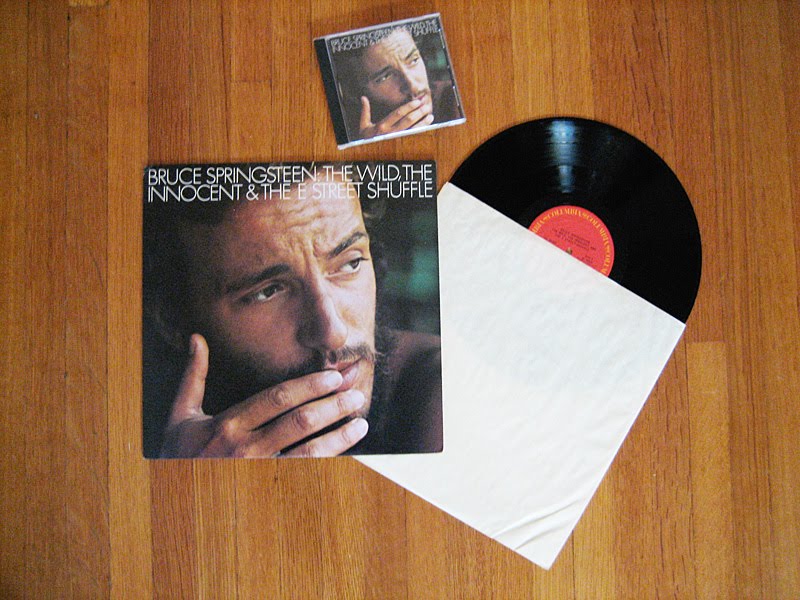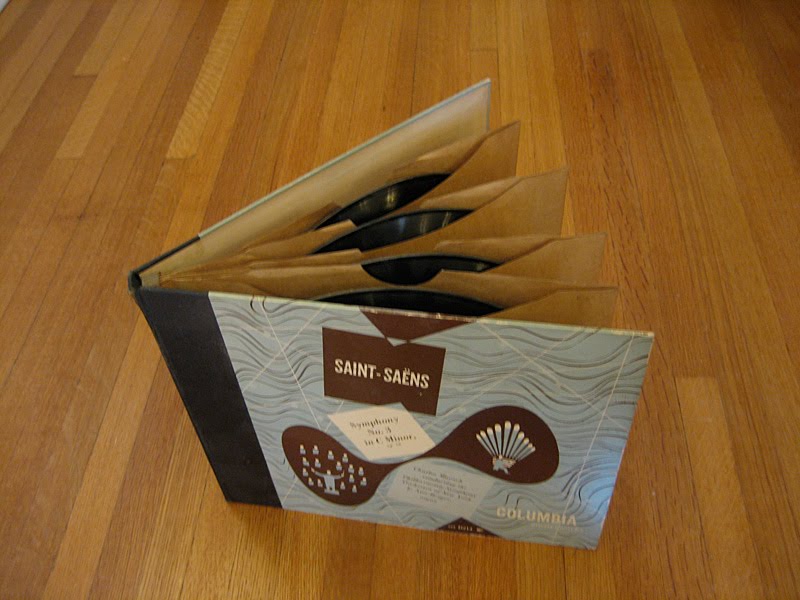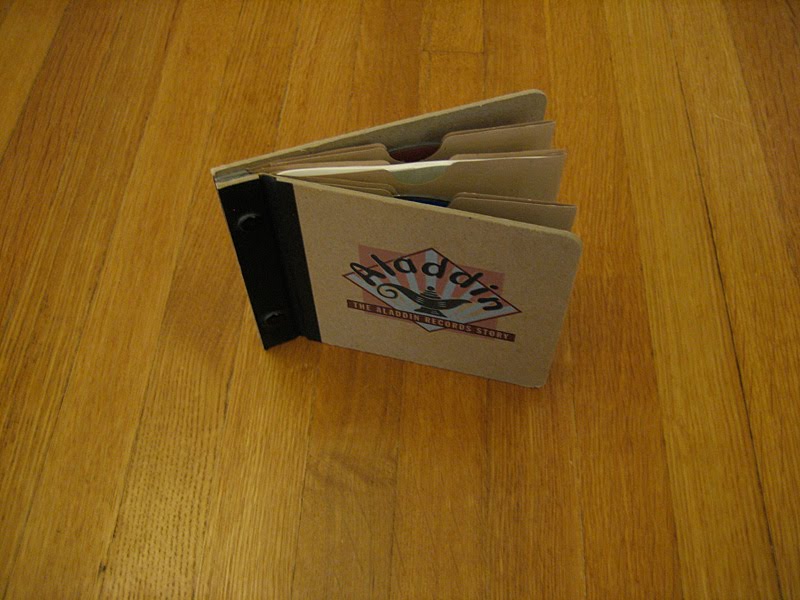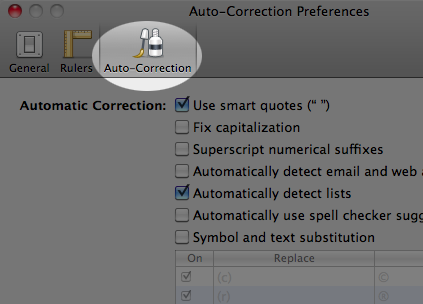There have been reports, recently, that Apple will reveal a new focus on albums on iTunes sometime soon. This news got me thinking about the use of metaphor in designing a user experience.
There are a couple of kinds of ‘albums’ available to users of Apple products (Mac, iPod, iPhone). One is a photo album, which is a collection of photos. The metaphor makes sense, as a digital photo album has a strong association with its physical world counterpart, in which photos are kept in pages bound into an album.
Another is an album of songs, which is a collection of tunes typically assembled for purchase together. The most recent physical world counterpart of a digital album of tunes is probably an album in compact disc (CD) form, a convenient medium for selling music. The metaphor also makes sense, though compact disc really isn’t much like a photo album — why is it also called an album?

Referring to a CD as an album is a continuation of the use of the word for a collection of songs on a Long Playing (LP) vinyl disc (initially in either 10″ or 12″ formats, later in predominantly 12″ format), an earlier medium for selling music. The fact that many CDs were reissues of earlier vinyl albums, as in Bruce Springsteen’s The Wild, The Innocent & The E-Street Shuffle, made the association an easy one. The thing is, many vinyl albums aren’t much more than a highly decorative (and often informative) cardboard sleeve with an internal paper sleeve containing a vinyl disc. That’s not much like a photo album either. Why is a vinyl record also called an album?

Go back a little further, and you find the 78 rpm record medium that preceded vinyl albums. While a vinyl record could easily hold as much as 40 minutes of music, 78s were much more limited. Each 78 could hold only a few minutes of music, and was typically sold in a plain paper sleeve. 78s were sometimes sold as a group for longer pieces of music that couldn’t fit on a single disc, classical music pieces being a prime example. For such a group, the 78s were kept in paper sleeves bound into an album, as in this release of Symphony No. 3 in C Minor by Saint-Saëns. And that’s very much like a photo album.

It wasn’t a big leap to collect previously released songs into an album of 78s. Nat ‘King’ Cole was a hit maker whose music has been repackaged extensively over the years, going back to the 78 era.

Finally, here’s an example where the packaging of a product is deliberately evocative of an earlier form for reasons other than metaphor. Aladdin was a record label that released songs in the 78 rpm disc medium. A CD of reissues from a few years ago featured a package design that resembled an album of 78s.
I’m curious to see what Apple comes up with, if anything, to bring yet another variation to the music album.






